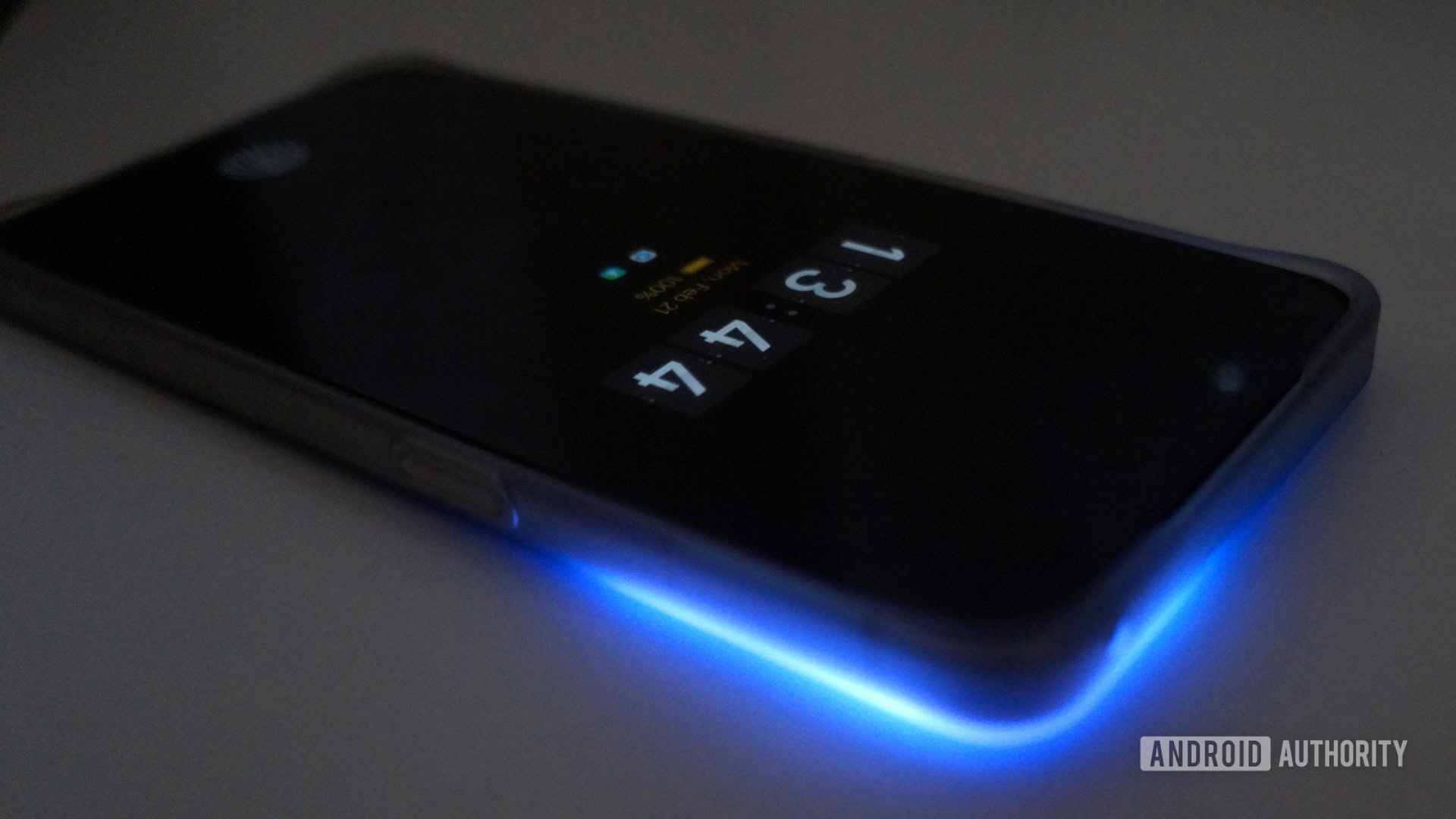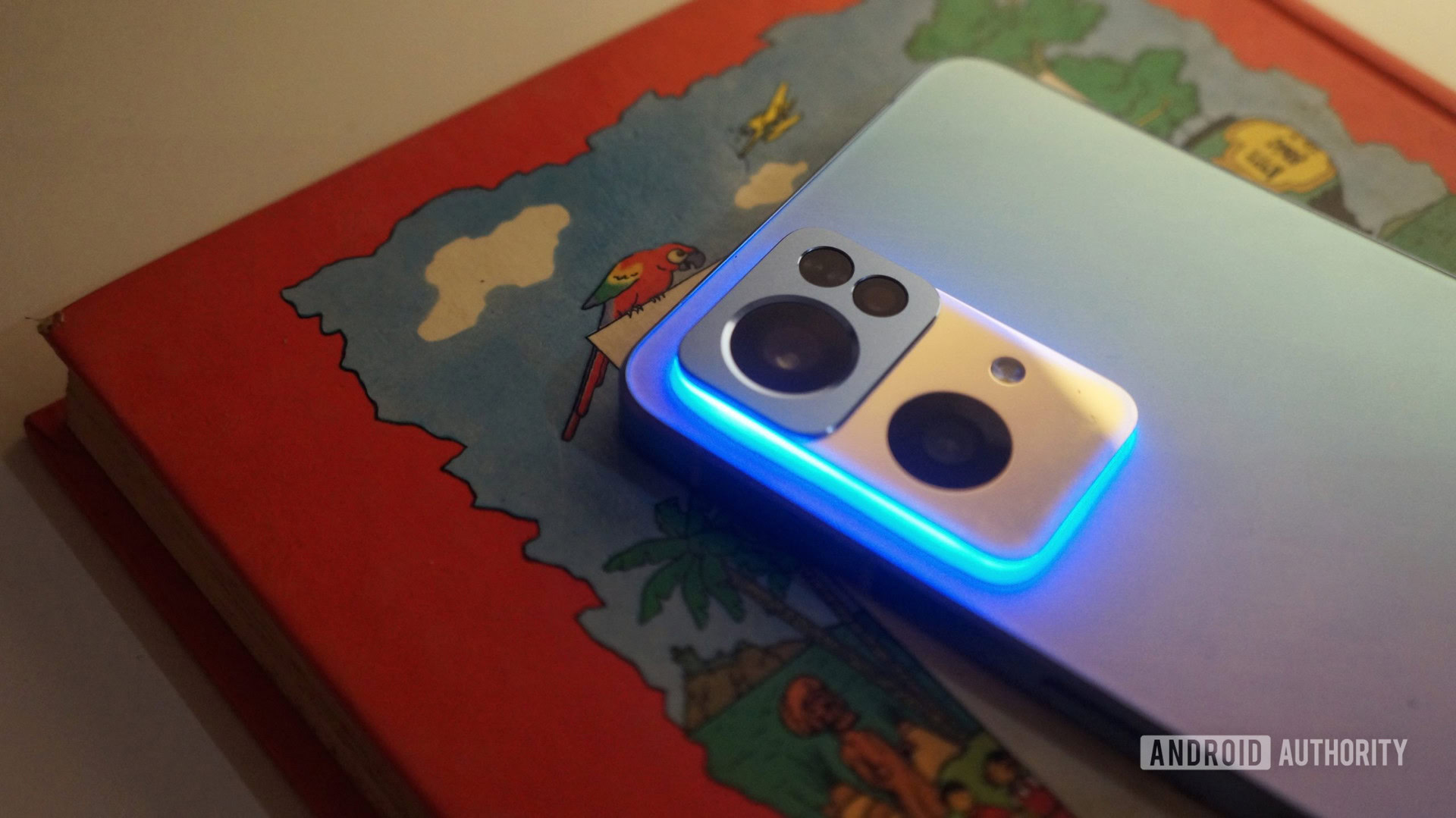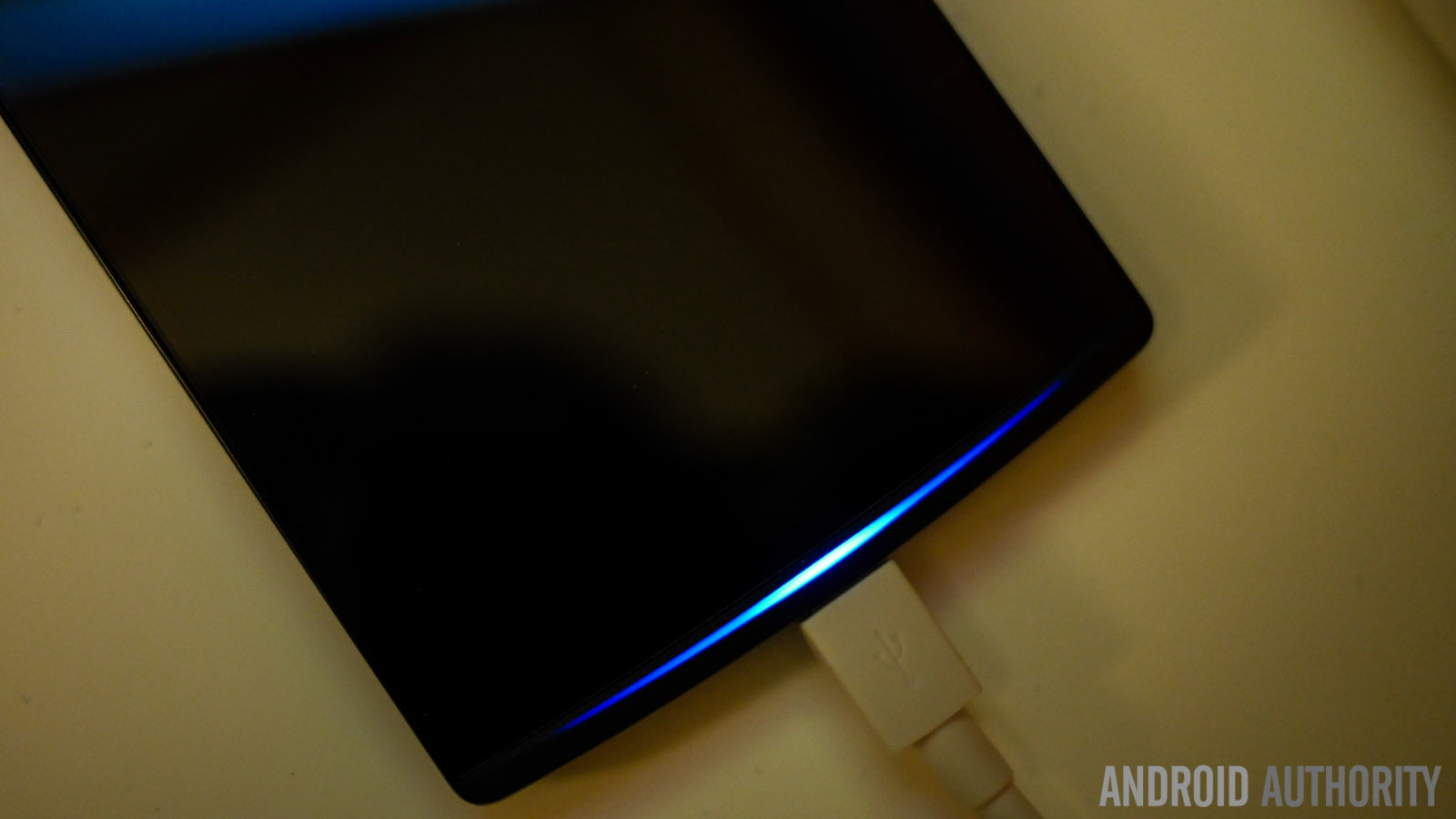Affiliate links on Android Authority may earn us a commission. Learn more.
The notification LED is almost dead, but one phone convinced me it should return
Published onMarch 5, 2022

The way we connect with each other has changed dramatically over the past couple of decades. Early mobile phones had just one function: to facilitate voice calls. Today? Many of us would rather text someone than call them. Yet, when it comes to keeping track of these modern communications, we don’t have that many options. You can choose between a loud chime or an easily-missed vibration alert, and that’s it. But it wasn’t always this way.
I am, of course, talking about the humble notification LED — once present on all manner of phones, smart and dumb. Unfortunately, you’ll be hard-pressed to find a mainstream smartphone with one today.
Some might argue that in the age of always-on displays and edge lighting, the utility of a dedicated notification light has diminished. I’ll admit that I used to think along those lines too — until two weeks ago when a smartphone, quite literally, caught my eye. Take a look for yourself:

What you’re looking at here is the OPPO Reno 7 Pro — a rather unassuming smartphone by 2022 standards, at least on the front. A large 6.5-inch display with narrow bezels predictably leaves no space for anything else. Flipping it over, though, reveals a glowing camera module that serves as a giant notification LED.
Our verdict: OPPO Reno 7 Pro review — Stylish design, questionable value
I initially thought that the inclusion of this LED, especially on the rear, was just a gimmick. Over time, however, I realized just how much I relied on it. You see, with a dedicated light, it doesn’t matter where you leave your phone — you can glance at it from across a room to know if you have a waiting notification.
A dedicated notification LED can get bright enough to grab your attention and offer information at a glance.
It’s possible to miss your phone briefly lighting up for a new notification or a new icon appearing on its always-on display, but a dedicated light invokes a sense of urgency. The blue notification light is bright enough to grab your attention, unlike any always-on display or edge lighting feature I’ve ever used. It isn’t annoying either — the phone lets you customize which apps can trigger the light so it doesn’t turn on for everything.
Oppo’s implementation isn’t perfect, of course — I would much rather have an RGB light instead of the Reno 7 Pro’s rather boring blue LED. But is it better than nothing at all? Absolutely. I didn’t even feel the need to pair my smartwatch during my time reviewing this phone. I rarely, if ever, missed an important notification.
The notification light: More than a lost LED

The Galaxy Note 8 was the last phone I personally owned that still had an RGB notification LED. Samsung would go on to exclude the feature from the Galaxy Note 10 and future flagships. The rest of the smartphone industry followed suit as well, in pursuit of higher screen-to-body ratios. Looking back now, though, it feels like we lost more than a simple flashing light.
In the early 2010s, dedicated LEDs were far more of a design centerpiece than most of us probably remember. The Xperia SP, for one, featured a translucent bar running the entire width of the device that synchronized light pulses with music. Sony eventually opened up an API that allowed developers to experiment with the light and it didn’t take long for someone to make it behave like a notification light. Sadly, with so few manufacturers willing to experiment today, I doubt we’ll see such innovative designs anytime soon.
Sony’s latest smartphones are some of the last bastions of the notification LED. The Xperia 1 III and Xperia 5 III have just enough space in their top bezels to house an old-school, RGB light. However, the company no longer sells its smartphones in many international markets, including my own. For many of us, the notification LED is already a bygone memory.
The death of the notification light also marked the end of a thriving modding ecosystem. Apps like Light Flow and custom ROMs like CyanogenMod (now Lineage OS) allowed all manner of customization, far beyond what manufacturers and stock Android allowed. The former offered the ability to specify colors for various apps (and even individual contacts), to adjust the blinking interval, and even cycle through colors to signal multiple notifications. Just imagine how much harder it would be to miss an important calendar notification or message from a loved one with that setup.
See also: This is the intelligent Android lock screen Google never gave us
While any modern AMOLED display can simulate a notification LED, it’s an extremely power-hungry approach. AodNotify, a popular app in this niche, admits that the feature will take a heavy toll on your battery — to the tune of 1-2% per hour. That’s brutally inefficient and impractical, unless your phone stays plugged in for the majority of your day. And even then, I don’t find it bright enough to work as a direct substitute for a real LED light.
So will I switch to using the Reno 7 Pro as my daily driver? I’m certainly tempted to, despite the somewhat lackluster internals. Credit where credit is due, OPPO has managed to rekindle my love for the humble notification LED and I hope more smartphone makers take notice.